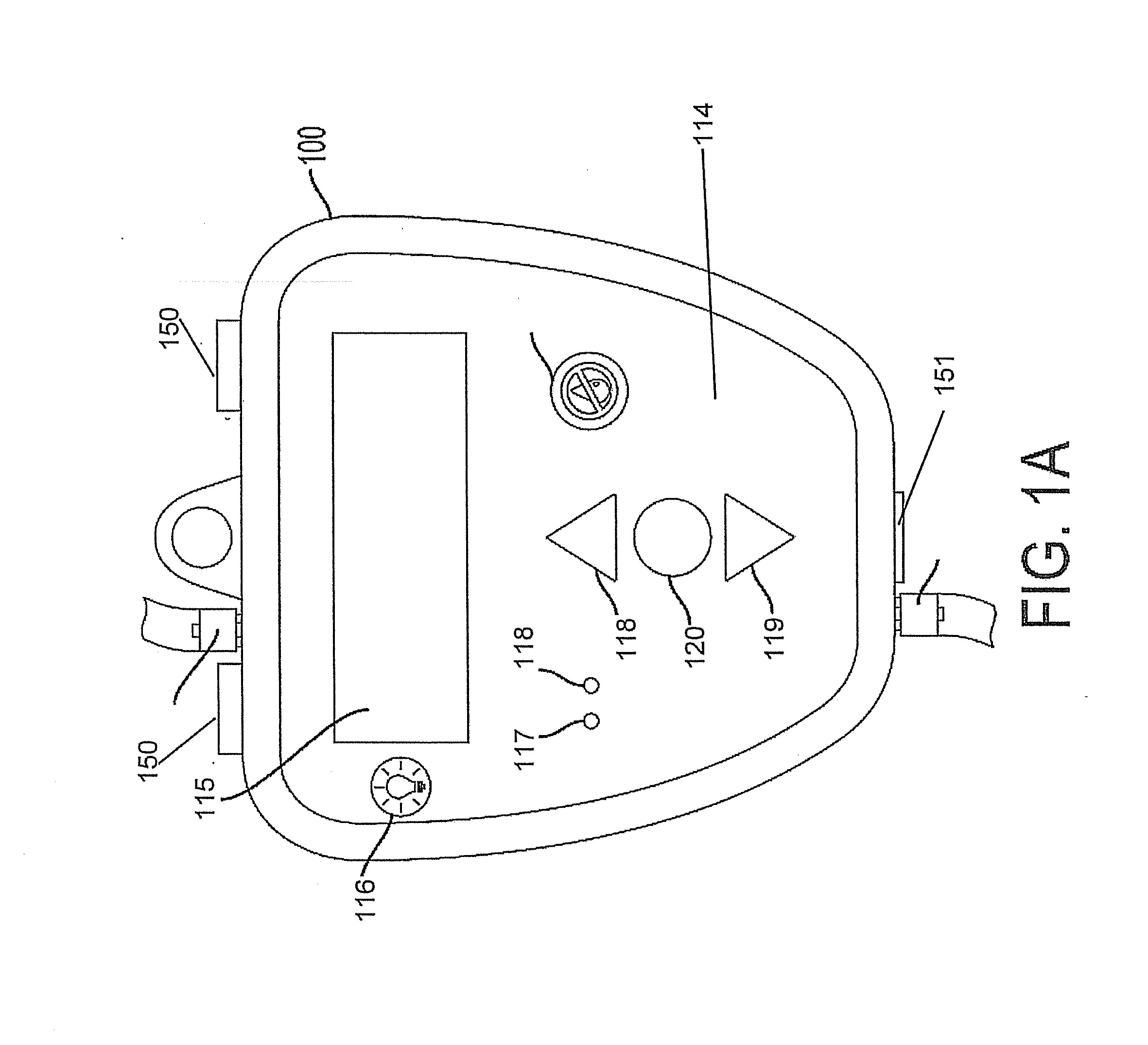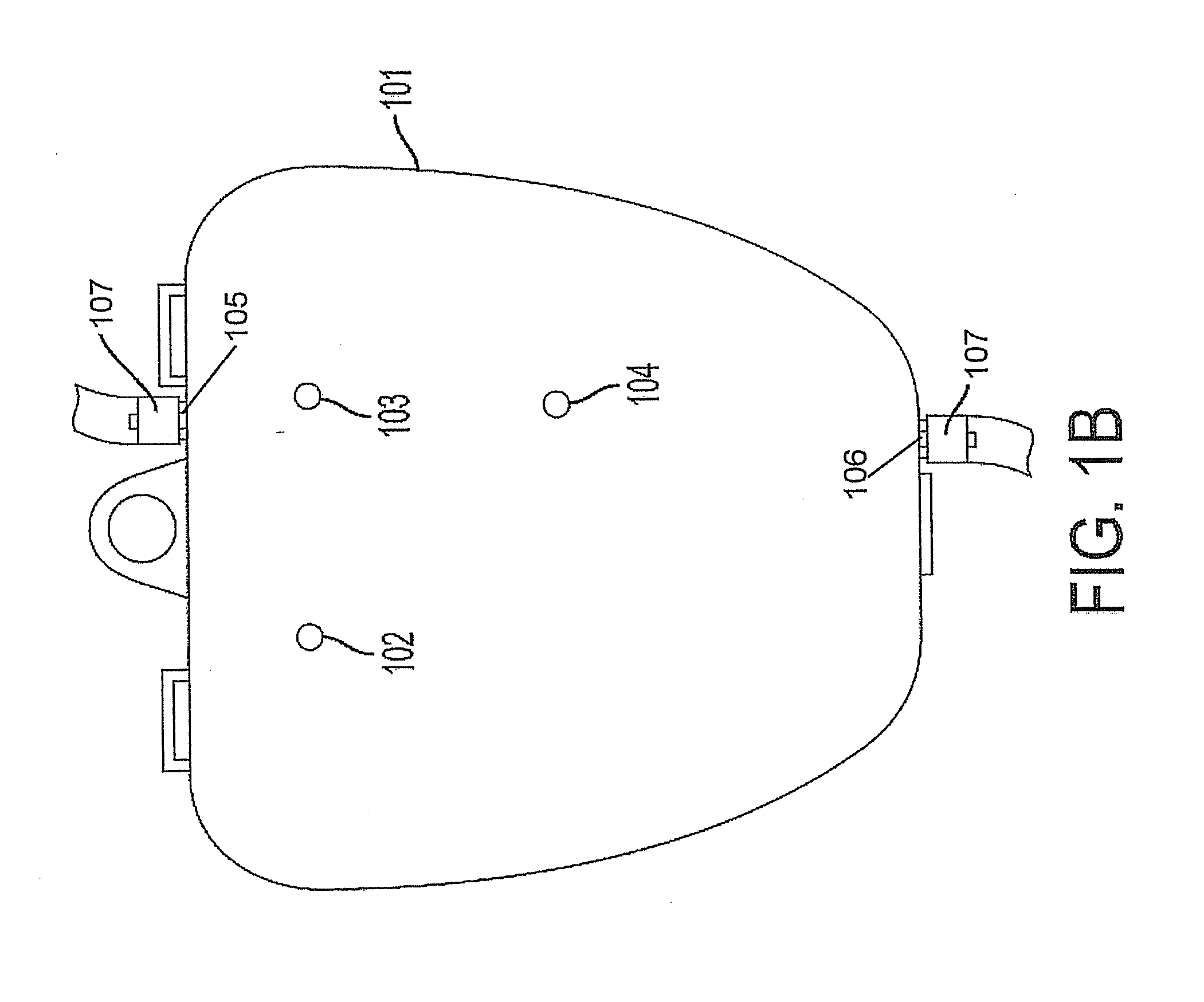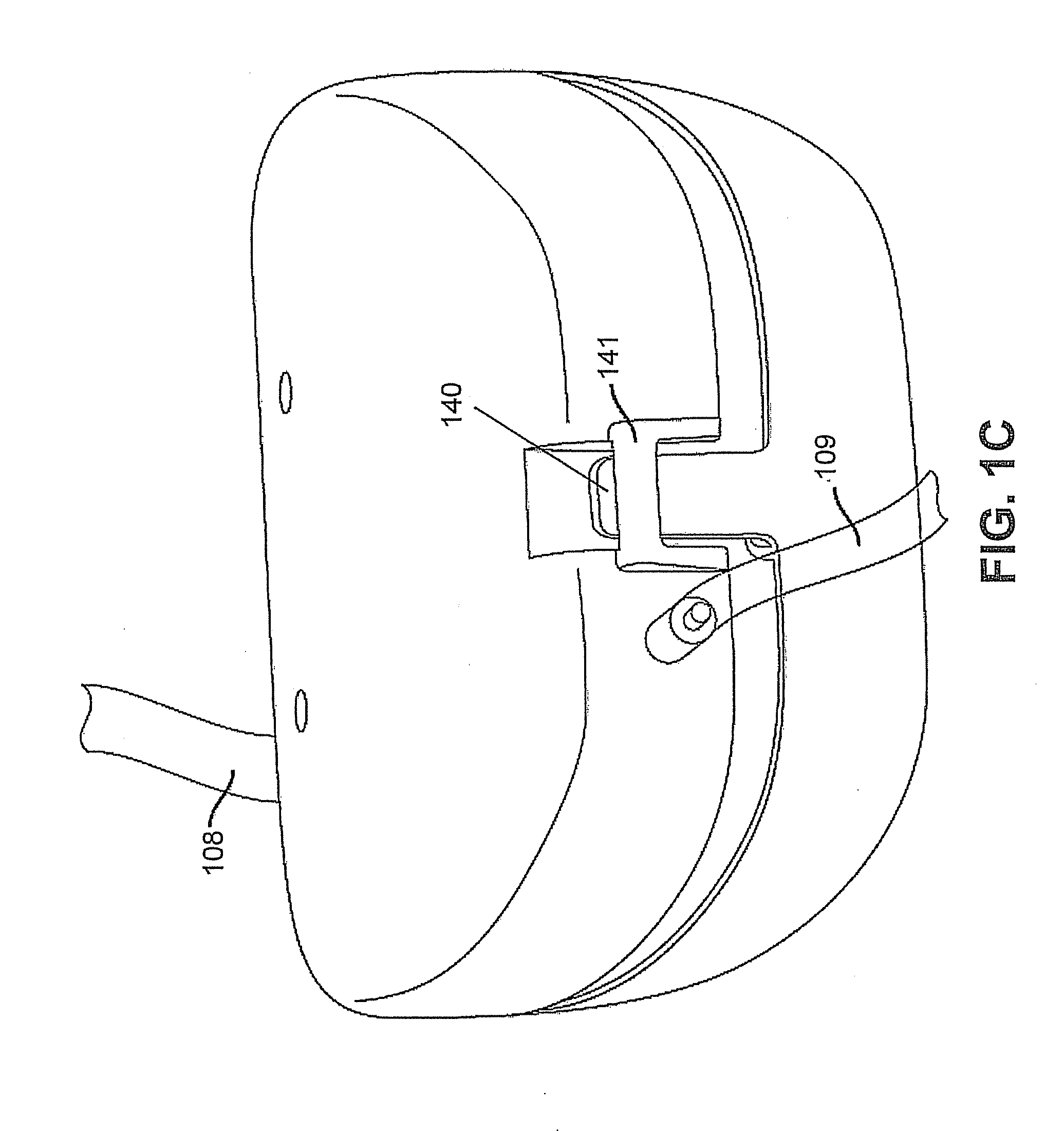Regulated Gravity-Based Cerebral Spinal Fluid Drainage Device
- Summary
- Abstract
- Description
- Claims
- Application Information
AI Technical Summary
Benefits of technology
Problems solved by technology
Method used
Image
Examples
example 1
External Regulation of Amounts of Gravity-Based Cerebral Spinal Fluid Drainage from Brain, Spine, Tissue or Organs of a Patient Using the Device Containing a Fluid-Handling Module and a User Interface Module
[0208]The Example sets forth a method that a caregiver implements for a patient requiring CSF drainage from brain, spine, tissue or organs, for externally regulating the amount of gravity-based CSF drainage.
[0209]First, the caregiver obtains a sterile fluid-handling module of a device, as described herein, and preferably utilizing an adjustable bracket 231, the fluid-handling module-securing screw 232, and two bracket-securing screws 230 (FIG. 2A) attach the fluid-handling module of a device to a support member that can be, but not limited to, a horizontally-arranged support member, for example, a bed rail or a vertically-arranged support member, for example, an IV pole. When the bracket is secured in a horizontal configuration using the bracket-securing screws 230 (FIG. 2A) and ...
example 2
External Regulation of Amounts of Gravity-Based Cerebral Spinal Fluid Drainage from Brain, Spine, Tissue or Organs of a Patient Using the Device Containing a Single Module
[0217]This Example further describes how a caregiver can implement the methods of the invention for patients requiring CSF drainage from brain, spine, tissue or organs for externally regulating the amount of gravity-based CSF drainage.
[0218]First, the caregiver obtains a sterile device as described herein, and preferably utilizing an adjustable bracket 231, the single module-securing screw 232, and two bracket-securing screws 230 (FIG. 2A) attach the single module of a device to a support member that can be, but not limited to, a horizontally-arranged support member, for example, a bed rail or a vertically-arranged support member, for example, an IV pole. When the bracket is secured in a horizontal configuration using the bracket-securing screws 230 (FIG. 2A) and screw openings 102 and 103 (FIG. 1B), the caregiver ...
example 3
Reducing Secondary Brain Injury of a Patient
[0226]Following the steps outlined in Example 1 or 2, a caregiver can establish external regulation of amounts of gravity-based cerebral spinal fluid drainage from brain, spine, tissue or organs of a patient. The regulated gravity-based cerebral spinal fluid drainage device does not discriminate between the CSF drained from the ventricular system of the brain or the intrathecal space of the spinal canal.
[0227]Since the regulated gravity-based cerebral spinal fluid drainage device of the instant invention is gravity-based, the use of a device of the invention avoids reinfusion of the drained CSF into the brain or spine and prevents introduction of infection or increase of the intracranial or intra spinal pressure. This reduces potential secondary brain injury of a patient since the system is gravity based it does not require active drainage, which can result in unwanted side effects, such as bleeding in the subdural space or suctioning of t...
PUM
 Login to View More
Login to View More Abstract
Description
Claims
Application Information
 Login to View More
Login to View More - R&D
- Intellectual Property
- Life Sciences
- Materials
- Tech Scout
- Unparalleled Data Quality
- Higher Quality Content
- 60% Fewer Hallucinations
Browse by: Latest US Patents, China's latest patents, Technical Efficacy Thesaurus, Application Domain, Technology Topic, Popular Technical Reports.
© 2025 PatSnap. All rights reserved.Legal|Privacy policy|Modern Slavery Act Transparency Statement|Sitemap|About US| Contact US: help@patsnap.com



